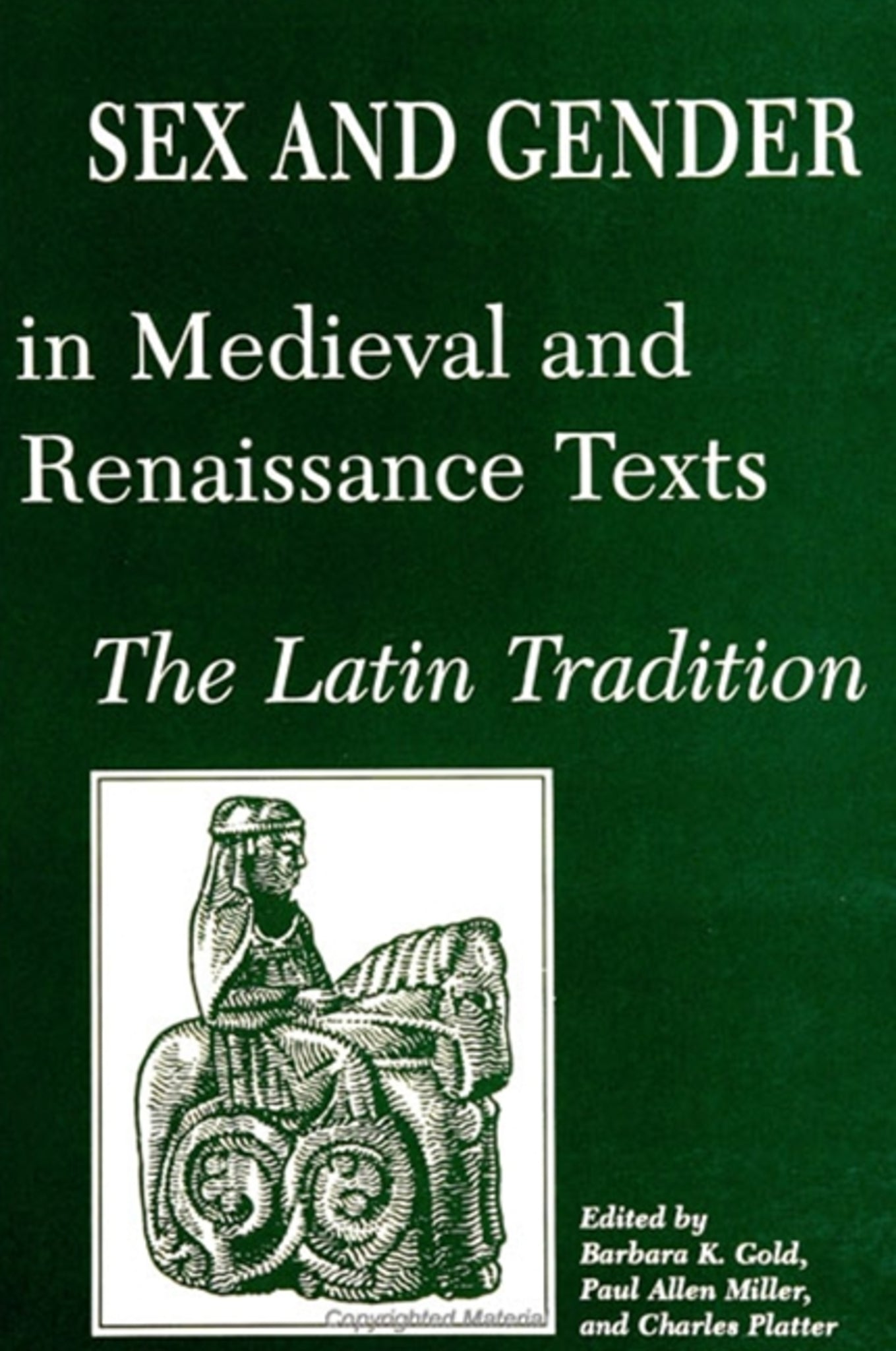We're sorry. An error has occurred
Please cancel or retry.
Sex and Gender in Medieval and Renaissance Texts

Some error occured while loading the Quick View. Please close the Quick View and try reloading the page.
Couldn't load pickup availability
- Format:
-
13 March 1997

Examines interrelated topics in Medieval and Renaissance Latin literature: the status of women as writers, the status of women as rhetorical figures, and the status of women in society from the fifth to the early seventeenth century.
This collection reclaims a vast body of long-neglected Latin texts from the Middle Ages and the Renaissance and examines how they represent the feminine and the female body. The authors explore the ideological values explicitly encoded by the feminine in these texts, other, less articulated values implied by the feminine, and the role of the classical tradition in communicating those values. The examination of women both as subjects and as rhetorical constructions in Medieval and Renaissance Latin literature sheds light on the larger dialogue about feminism occurring throughout the humanities. In addition, the inclusion of a new body of texts and the rescue of others from their present isolation will expand the reach of classical and humanist scholarship.
Traditional studies of Latin literature end around the beginning of the fifth century C.E. despite the fact that Latin continued to be the dominant literary and intellectual language until at least the latter half of the sixteenth century. Thus most classicists ignore over one thousand years of the Latin literary tradition. Few non-classicists read Latin comfortably and fewer still have a detailed understanding of the history of classical Latin literature. Nevertheless, a knowledge of this history was assumed by most Neo-Latin writers as well as their contemporaries who wrote in the vernacular. This collection supplies tools to examine more completely the construction and application of gender in both Latin and vernacular texts of the Middle Ages and the Renaissance.


Without question, the topic of this book is significant, the treatment overdue. The word that comes to mind about this book is 'exciting.' The Neo-Latin field will be made more fertile by what this book offers." — Edward V. George, Texas Tech University
Introduction
Barbara K. Gold, Paul Allen Miller, and Charles Platter
By Woman's Tears Redeemed: Female Lament in St.Augustine's Confessions and the Correspondence of Abelard and Heloise
Nancy A. Jones
Hrotswitha Writes Herself: Clamor Validus Gandeshemensis
Barbara K. Gold
Gender and Negotiating Discourse: Mediated Autobiography and Female Mystics of Medieval Italy
Phyllis Culham
The Saint of the Womanly Body: Raimon de Cornet's Fourteenth-Century Male Poetics
St. John E. Flynn
Petrarch's Sophonisba: Seduction, Sacrifice, and Patriarchal Politics
Donald Gilman
Laurel as the Sign of Sin: Laura's Textual Body in Petrarch's Secretum
Paul Allen Miller
Woman, Space, and Renaissance Discourse
Diana Robin
In Praise of Woman's Superiority: Heinrich Cornelius Agrippa's De nobilitate (1529)
Diane S. Wood
The Artificial Whore: George Buchanan's Apologia pro Lena
Charles Platter
"She Never Recovered Her Senses": Roxana and Dramatic Representations of Women at Oxbridge in the Elizabethan Age
Elizabeth Richmond-Garza
Latin and Greek Poetry by Five Renaissance Italian Women Humanists
Holt Parker
Bibliography
Contributors
Index



